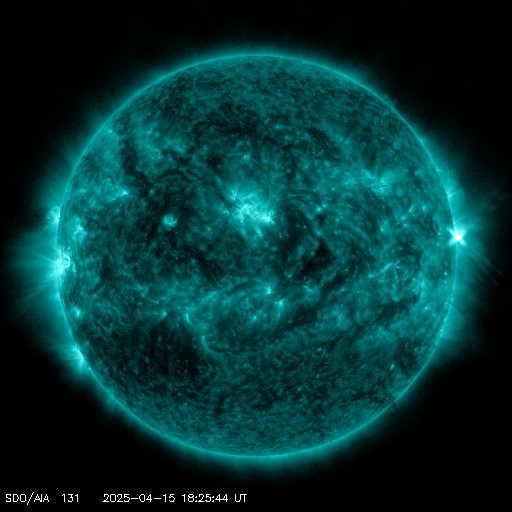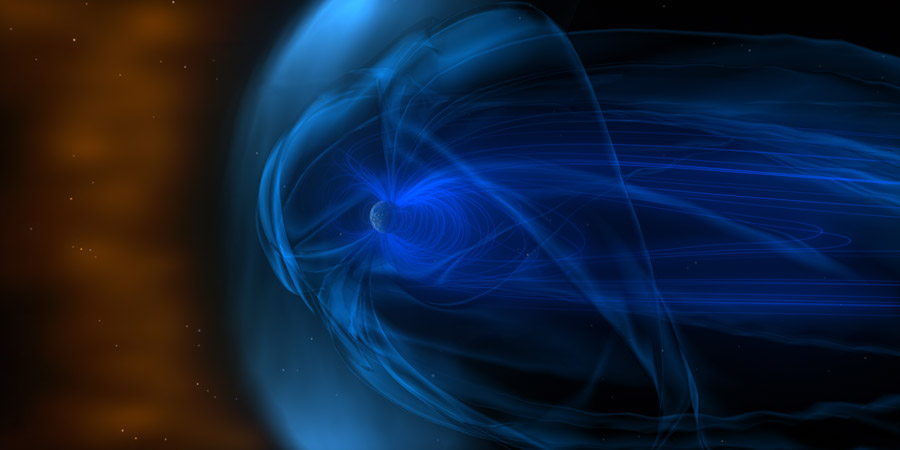Viewing archive of Saturday, 20 June 1998
Solar activity report
Prepared by the NOAA © SWPC and processed by SpaceWeatherLive.com
Joint USAF/NOAA Report of Solar and Geophysical Activity
SDF Number 171 Issued at 2200Z on 20 JUN 1998IA. Analysis of Solar Active Regions and Activity from 19-2100Z to 20-2100Z
IB. Solar Activity Forecast
IIA. Geophysical Activity Summary 19-2100Z to 20-2100Z
IIB. Geophysical Activity Forecast
III. Event Probabilities 21 JUN to 23 JUN
| Class M | 10% | 05% | 05% |
| Class X | 01% | 01% | 01% |
| Proton | 01% | 01% | 01% |
| PCAF | GREEN | ||
IV. Penticton 10.7 cm Flux
Observed 20 JUN 101 Predicted 21 JUN-23 JUN 102/104/106 90 Day Mean 20 JUN 108
V. Geomagnetic A Indices
OBSERVED AFR/AP 19 JUN 016/014 ESTIMATED AFR/AP 20 JUN 010/010 PREDICTED AFR/AP 21 JUN-23 JUN 010/010-005/008-005/008
VI. Geomagnetic Activity Probabilities 21 JUN to 23 JUN
| A. Middle Latitudes | |||
|---|---|---|---|
| Active | 15% | 15% | 15% |
| Minor storm | 05% | 05% | 05% |
| Major-severe storm | 01% | 01% | 01% |
| B. High Latitudes | |||
|---|---|---|---|
| Active | 15% | 15% | 15% |
| Minor storm | 05% | 05% | 05% |
| Major-severe storm | 01% | 01% | 01% |
All times in UTC
Current data suggests there is a slight possibility for aurora to appear at the following high latitude regions in the near future
Arkhangelsk, VorkutaLatest news
Latest forum messages
Support SpaceWeatherLive.com!
A lot of people come to SpaceWeatherLive to follow the Sun's activity or if there is aurora to be seen, but with more traffic comes higher server costs. Consider a donation if you enjoy SpaceWeatherLive so we can keep the website online!

Latest alerts
19:15 UTC - Geomagnetic activity
Minor G1 geomagnetic storm (Kp5) Threshold Reached: 18:59 UTC
18:33 UTC - Solar flare
Moderate M1.31 flare from sunspot region 4055
CME arrival, G3 storm watch
A coronal mass ejection has arrived at our planet. This is the first of possibly two coronal mass ejections that were expected to arrive from filament eruptions on April 12 and 13. The minor G1 geomagnetic storm threshold has already been reached and the NOAA SWPC has a strong G3 geomagnetic storm watch in place for tomorrow, 16 April. Keep an eye on the data here on this website in the hours ahead. There is more action to come!
Read more18:12 UTC - Radio Blackout
Minor R1 radio blackout in progress (≥M1 - current: M1.15)
17:45 UTC - Geomagnetic activity
Minor G1 geomagnetic storm (Kp5) Threshold Reached: 17:32 UTC
Space weather facts
| Last X-flare | 2025/03/28 | X1.1 |
| Last M-flare | 2025/04/14 | M4.2 |
| Last geomagnetic storm | 2025/04/06 | Kp5 (G1) |
| Spotless days | |
|---|---|
| Last spotless day | 2022/06/08 |
| Monthly mean Sunspot Number | |
|---|---|
| March 2025 | 134.2 -20.4 |
| April 2025 | 128.8 -5.4 |
| Last 30 days | 129.1 -15.1 |






